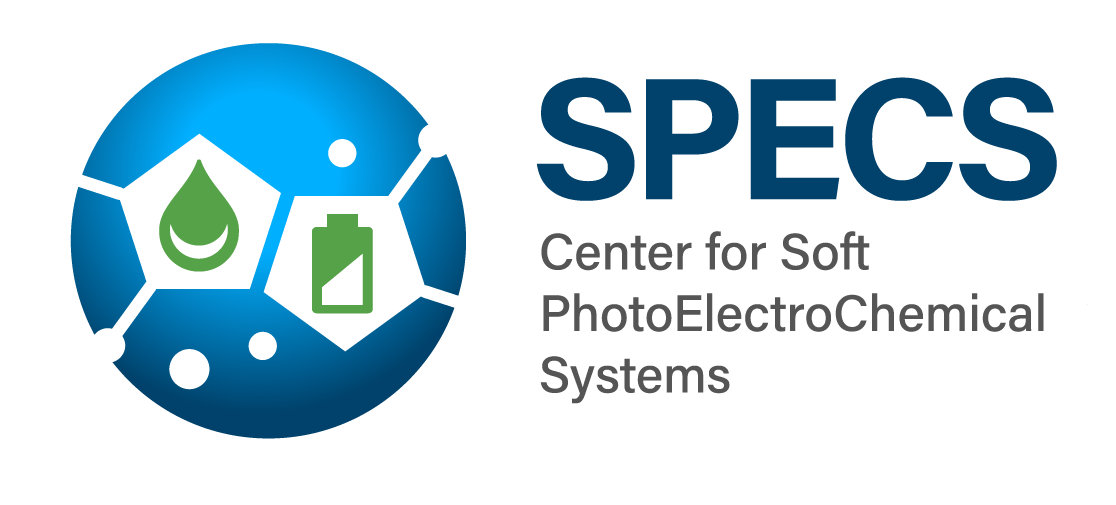Is charge transfer between a conducting polymer electrode and a redox molecule sufficiently fast to justify the use of these semiconductors use in (photo)electrochemical devices?
When
Title: Is charge transfer between a conducting polymer electrode and a redox molecule sufficiently fast to justify the use of these semiconductors use in (photo)electrochemical devices?
Abstract: Conducting polymers offer attractive tunability and mixed ion–electron conductivity for advanced electrochemical applications, but the intimate connection between charge transport and charge transfer greatly limits the use of "classic" charge-transfer kinetics models to extract fundamental parameters such as the rate coefficient. To quantify these limitations, we first measured rate coefficients by cyclic voltammetry on P(NDI₂OD-T₂) and platinum electrodes using the Nicholson method—revealing that polymer-mediated electron transfer is over an order of magnitude slower than on Pt and has a strong scan rate dependence. We hypothesize that at faster scan rates the polymer is limited in polarizability; in other words, the polymer cannot respond to the faster changes in electric fields with voltage steps. To test this hypothesis, we employed in situ UV–Vis spectroelectrochemical chronoamperometry to track polaron and benzoquinone-reduction (BQ⁻) absorbance under wide range of applied potentials and BQ bulk concentrations, which allow us to distinguish between polaron accumulation and mediator reduction. These spectroelectrochemical data provided direct, potential-dependent rate coefficients for each process. We fit those rates to a Marcus–Gerischer formalism, extracting a large reorganization energy (~1.6 eV) that leads to inverted-like-region at high cathodic overpotentials, which we hypothesize is due in part to a similar voltage-dependence of mobility. We present preliminary approaches to utilize stochastic reaction–diffusion simulations in Kinetiscope, towards revealing how mediator diffusion to and from the polymer interface shapes transient redox currents. By combining Nicholson voltammetry, spectroelectrochemical separation of overlapping processes, and reaction–diffusion modeling, we demonstrate that conducting polymers can drive small-molecule redox chemistry—provided mediator transport, discrete electronic states, and reorganization energies are properly balanced. These insights offer opportunities to visualize charge and electric field distributions, incorporate various multi-length scale heterogeneities, and predict next-generation polymer electrodes in (photo)electrochemical devices.

